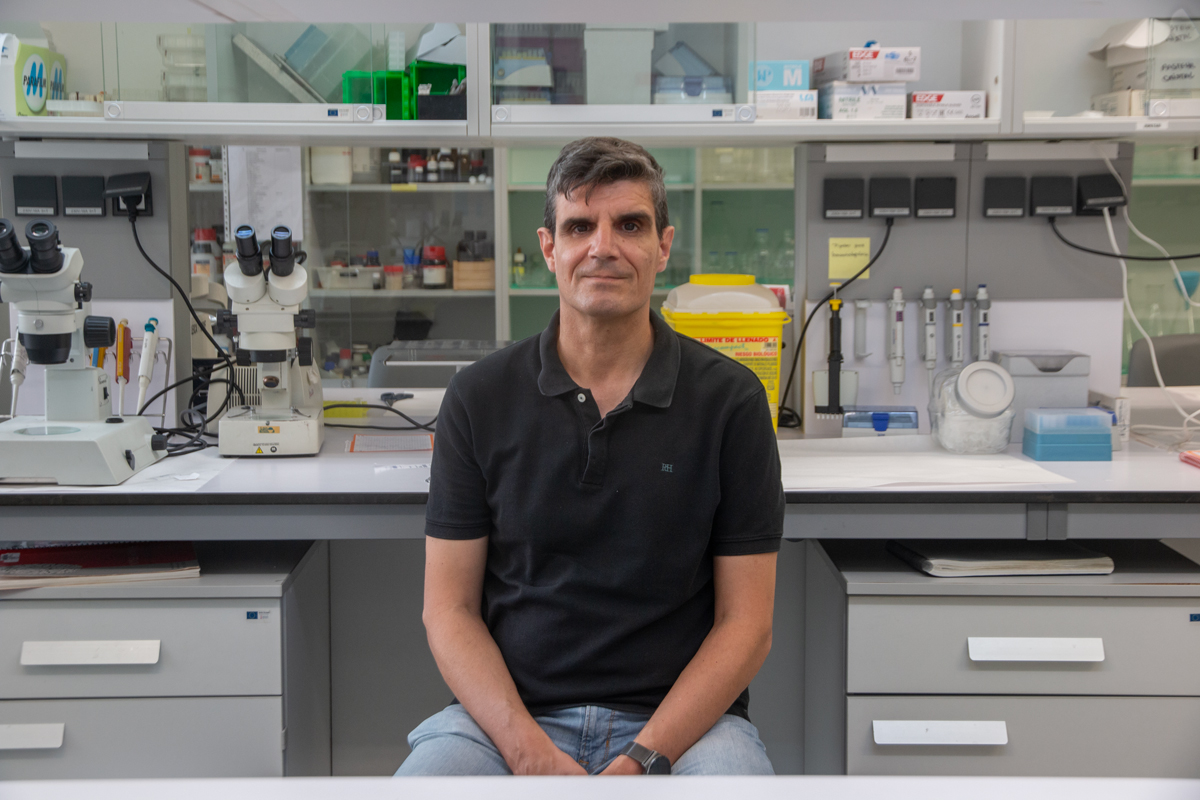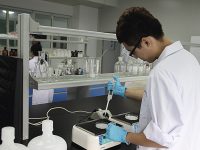Studying the impact of adverse experiences on the human brain
Juan Nácher is Full Professor of Cell Biology at the University of Valencia and works at the Institute for Biotechnology and Biomedicine Research (BIOTECMED)

I am Juan Nácher and I work at the University Institute for Biotechnology and Biomedicine Research, where I lead the Neuroplasticity Unit. Our research group is associated with the Research Institute of the Clinical Hospital of Valencia (INCLIVA) and the Spanish mental health research network CIBERSAM.
In the lab, we work to understand the effects of adverse childhood experiences on the brain, and how these experiences modify neural connections and the structure of the brain, making it more vulnerable to mental illnesses such as depression or schizophrenia.
We study this phenomenon from a number of perspectives. First, in animal models where we try to reproduce some of the characteristics of the diseases and adverse experiences. Then we analyse the brains of the animals to see if there are any changes. We have another line that focuses on studying the same phenomenon, but in the brains of psychiatric patients; we do this with post-mortem material. Thirdly, we work with psychiatrists at the Clinical Hospital, analysing patients using magnetic resonance imaging. We look at the structural and functional changes in the brains of patients who have suffered these kinds of changes.

Juan Nácher after the interview / Photo: Laura García.
The idea with our research is to go up and down in both directions, from the most basic to the most complex. The most basic is the work in animals, which allows us to do a much more precise analysis of the molecular or cellular aspects, and gives us the opportunity to see if similar things can be identified in post-mortem samples from patients. Very often the reverse is also true, and the fact that we discover something in human brains leads us to test it later in animals, which gives us the opportunity to manipulate the molecules we are interested in to find out what role they play in the brain. The more clinical part helps us to understand what is going on in the brains of patients, and it also allows us to do longitudinal analysis, i.e., to look at the same areas of the brain at different stages of the disease.
We are working in a relatively deep area of the brain called the thalamus. It integrates sensory information from the world around us and passes it on to the cerebral cortex. It is heavily involved in modulating some behaviours that are essential for the functioning of our bodies, such as tension or some types of memory. In our research we have seen that in some psychiatric patients, those with schizophrenia, there are very marked changes in the structure of this area of the brain.
Fortunately, our brains have enormous plasticity, and in many cases these adverse situations are reversible; moreover, they do not affect all people in the same way. But it is true that when we do studies in the general population, people with mental illness all have a higher proportion of adverse events in childhood or adolescence.
In summary, we are trying to understand the biological basis of mental disorders and mental illness in general. A better understanding of these may help us to diagnose them. We are still a long way off, but the possibility of having some kind of marker that we could use to detect these diseases early would be a great help.
Interview: Marta Gutiérrez and Anna Mateu. Editing: Marta Gutiérrez.





